Relation between Minimum span, accuracy & Turndown in Transmitters with a practical example
Before explaining minimum span & Turndown, lets start by an example highlighting Maximum span of sensor.
Suppose we want to measure pressure of 0-20 in H2O
So Rosemount 3051 offers 0 to 5 range options
If you look at range 0 (below screen shot) the Upper URL (Maximum Span) it can measure is 3 in H2O but we require 0-20 in H2O so the sensor selected is under-ranged
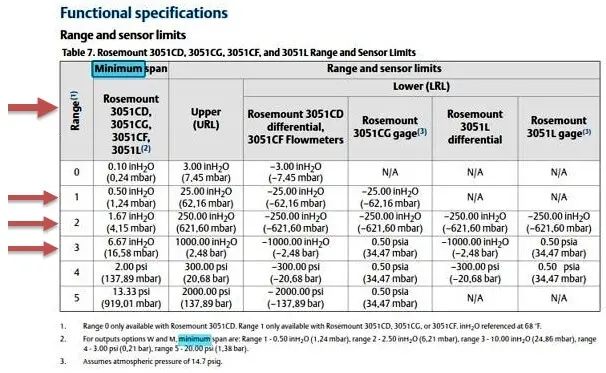
Image courtesy : Rosemount
So if we move ahead we have a range of 0 – 25 in H2O which fits our desired range (0 – 20 in H2O)
So we can select range 1 .
Simple right !!
Now lets look at minimum span
Minimum Span :-
CASE 1 :- Now imagine you have range 2 transmitter in your plant but range 1 transmitter is not present !!!!
And the pressure from management to install pressure transmitter (for 0 – 20 inH2O) is increasing so what would you do ???
Yes , guessed it right , take a leave and stay at home ….kidding !!! Open the catalog and refer to the page that talks about “range and sensor limits” (See Above Picture)
And “CHECK MINIMUM SPAN”
As we can see in the screen shot for “Range 2” we see minimum span is 1.67 inH2O i.e the Transmitter can be calibrated least up to 0 – 1.67 inH2O
Also ,Sometimes there is confusion ,”minimum span” that is 1.67 in H2O for range 2 means transmitter will not measure 1 inH2O , no that is not the case .transmitter will measure 1 inH2O
IN SIMPLE WORDS
For 0 inH2O transmitter will give 4mA
And for 1.67 inH2O transmitter will give 20mA
But the Transmitter with range 2 cannot give out 20mA for 1 inH2O !!!!!!!!!!
Even though the transmitter will measure 1 inH2O and provide a mA Signal (less than 20 mA)
So , yes for the above asked question range 2 will also work to measure 0 – 20 inH2O !!!!
The output will be as follows
0 inH20 = 4 mA
20 inH2O = 20 mA
Lets be greedy !!! will range 3 also work for this Range ????
yes as the minimum span is 6.67 inH2O and this is greater than 0 – 20 inH2O
SO THEN IF SO MANY SENSOR RANGES CAN FIT WHY BOTHER SELECTING RANGE 1 ????????
The reason is the Turndown and accuracy are related to each other
Turndown :-
What we are doing in the above cases in Range 1 ,2 or 3 is “turning down” the transmitter max range to our desired range.
Turndown = Maximum span (URL) / Minimum (calibratable) span
So for case with range 1 (0 – 25 inH2O) and our desired range is 0 – 20 inH20
Lets calculate HOW MUCH WE ARE TURNING DOWN
The Turndown for our case is =25 inH2O / 20 inH2O
Turndown = 1.25
So here we are turning down 1.25 times
But for Range 3 (0- 1 000 inH2O)
Lets calculate HOW MUCH WE ARE TURNING DOWN
The Turndown for our case is =1000 inH2O / 20 inH2O
Turndown = 50
Here we are turning down 50 times as compared to 1.25 times for Range 1
Typical transmitters available in market have very high Turndown 100:1 but remember that If you turndown more the accuracy will get hampered !!
Practical example for our above case
Accuracy :-
Below is screenshot that is taken from catalog that states for certain amount of turndown what will be the accuracy.
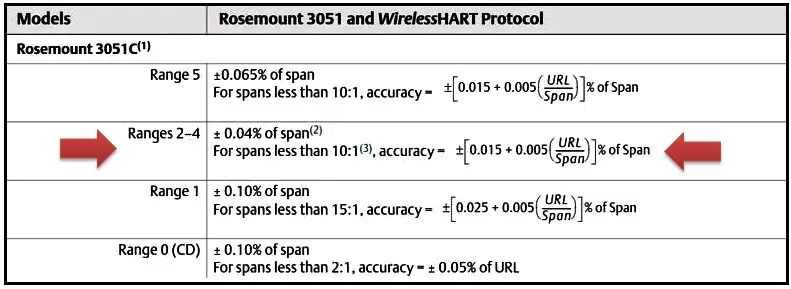
Image courtesy : Rosemount
If we select range 3 (0 – 1000 inH2O)
It is mentioned for turndown greater that 10:1 we need to use the formula provided to calculate Accuracy
LETS DO THAT !!!
={0.015+0.005(1000/20)} % of span
=0.265% inaccuracy
So the inaccuracy 0.04% changed to 0.265% if we use range 3 in our application of 0-20 inH2O
Note:-
This information is from Rosemount catalog is used for Example (as of March 2018)!
Rosemount may change and update the information , please refer latest catalog.
If any corrections I would be glad to know !!
Thanks for reading , hope this was helpful !!
Author : Asad Shaikh
Profile : Linkedin
Articles You May Like :
DP Transmitter Error Calculation
Industrial Instrumentation MCQ
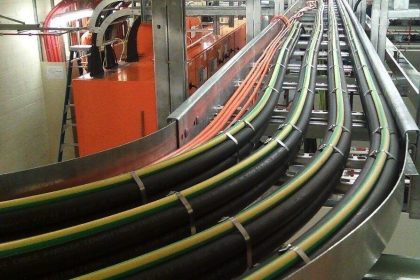
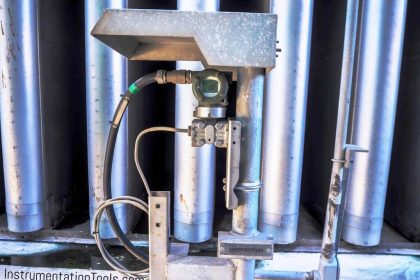
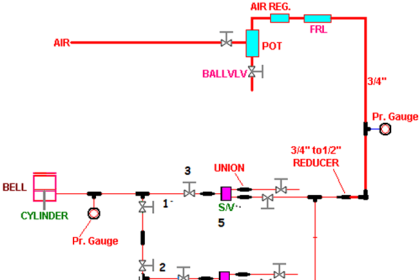
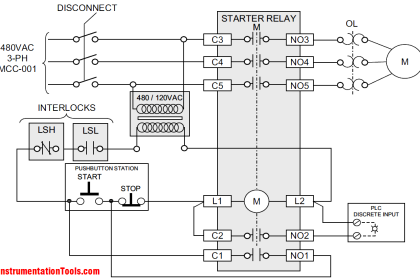
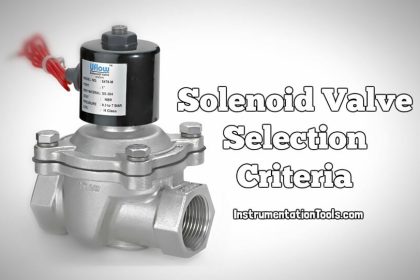

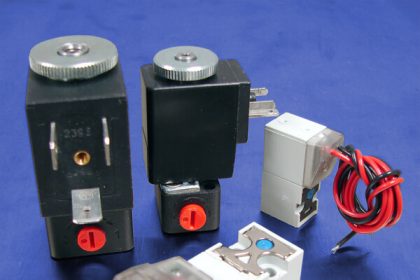

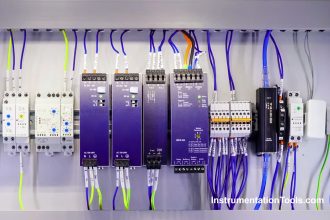
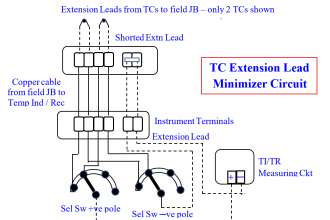
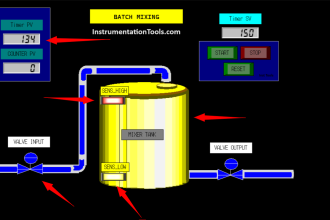
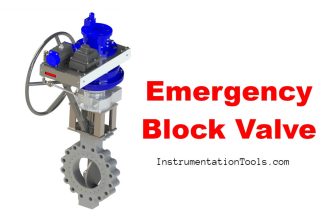

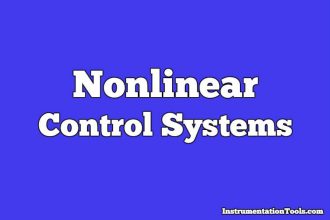
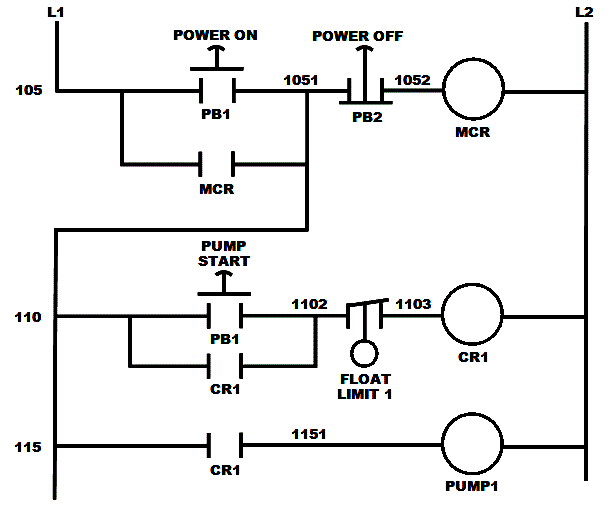
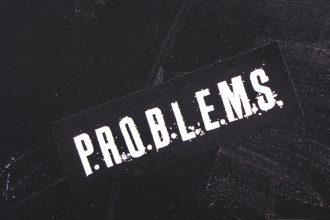

FRUITFUL,FANTASTIC.
Thanks Asad. Very clear explanation and to the point.
What is meant by %accuracy of “SPAN”? What is this “span”? is this span 1000 inH2O or 20 inH20.
So if the calculation results 0.1% of “SPAN”, does it mean 0.1% of 20 inH2O or 0.1% of 1000 inH2O? (in case of range 3)